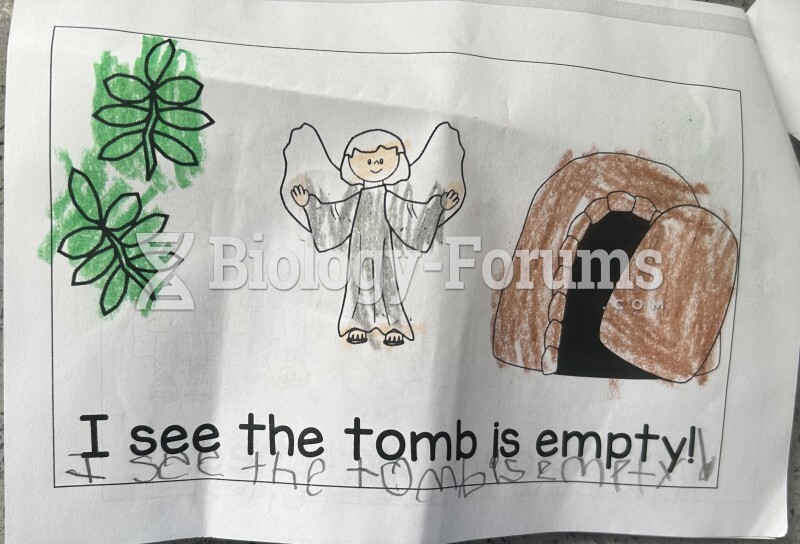Answer to Question 1
- Where is Connie going, where has she been? She has been living in a world of daydreams, and now, at the end, she is going out into a sunlit field to be raped. That much seems inarguable, based on the things Arnold Friend has said to her. He has advised her to be nice to me, be sweet like you can because what else is there for a girl like you but to be sweet and pretty and give in?and get away before her people come back? (par. 154). Does he intend to kill her? The last part of this statement suggests that he will release her afterward, but if he plans to murder her he would hardly tell her so. Oates herself, in the essay included in the following casebook, says that the story contains no suggestion . . . that he necessarily intends to murder Connie and that we dont know the nature of her sacrifice, only that she is generous enough to make it. Students might passionately argue one side or the other, but be sure to have them ground their conclusions in the text itself.
In teaching this story to her students at the University of Georgia, Professor Anne Williams had a couple of minor epiphanies regarding the mythic allusions. She has written to share them with us:
Ellie may be a diminutive of Beelzebub, lord of the flies. The story is certainly full of references to flies. I also noticed a series of comic allusions to various fairy tales, all of which, according to Bettelheim, concern the difficulties of coming to terms with adult sexuality:
Snow White (in reference to the mothers jealousy over Connies looks, so much like her own faded beauty par. 12);
Cinderella (the pumpkin on Arnolds car par. 36);
Little Red Riding Hood (here, there seems a fundamental structural paralleland Arnold is described: the nose long and hawk-like, sniffing as if she were a treat he was going to gobble up par. 46).
In spite of
hawk-like, we agree that the description makes Arnold sound distinctly like a wolf. Professor Williams refers, of course, to Bruno Bettelheims
The Uses of Enchantment (New York: Knopf, 1976).
Deborah Louvar, who teaches at Seminole State College in Sanford, Florida, had a student who made an interesting discovery about the secret code numbers on Arnold Friends car (par. 37) which she has shared with us:
I taught Where Are You Going, Where Have You Been? for the first time last summer and am teaching it now. This semester, James Mullady, a student of mine made an interesting discovery about the origin of the title.
The student, a deputy sheriff, did something he wasnt supposed to do: he did a web search for the code numbers 33, 19, 17 on Arnolds car. He found a reference to Judges 19:17. How curious The title of the story repeats the questions in the biblical passage. It must be more than a coincidence.
Judges 19:17 in the NIV version reads: When he looked and saw the traveler in the city square, the old man asked, Where are you going? Where did you come from? It begins a particularly gruesome passage about a violent rape and murder. EditorsI went home that night and read the verse and the surrounding chapters. Well, that Bible story gives a new level of meaning to Oatess story But the violence in the biblical account is far worse than that in the story.
Is the numerical code an allusion? I told students no at first because the connection between the two stories is so rarefied that few readers would catch it. But after reconsidering, I said yes, it is an allusion. The number of readers who would understand doesnt matter.
The student went on to explain the number 33 as Jesuss age at the time of the crucifixion. But Im not convinced, for many reasons. Ive looked through other biblical texts to find meaning in this number but found nothing.
In class we considered other explanations for the code, but none for 19 and 17 are as striking as the one that unfolds through Judges.
Although Louvar later learned that an earlier scholar had identified this hidden allusion, both she and the editors of this book remain impressed by Deputy Sheriff Mulladys keen detective work.
A film has been based on Oatess story:
Smooth Talk (1987), directed by Joyce Chopra, with screenplay by Tom Cole. In an interview, Oates remarked that although she had nothing to do with making the movie, she respects the quite remarkable results.
Answer to Question 2
- How do you interpret her actions at the end of the story? At the storys conclusion, Connie appears unable to break loose from Arnold Friends spell. She seems entranced, like a dazed and terrified bird facing a snake. Everything appears unreal or only half real (par. 94). Like a practitioner of brainwashing, Arnold Friend denies reality: This place you are nowinside your daddys houseis nothing but a cardboard box I can knock down any time (par. 152). Arnold suggests that Connies beating heart isnt real (Feel that? That feels solid too but we know better) and soon she thinks her body wasnt really hers either (par. 155). Perhaps some student will suggest that Connie really wants to give in to Arnold Friendafter all, she loves to flirt with danger, and when Friend first looked at her in the parking lot, she looked back. But Connies terror seems amply justified; Friend after all has threatened to kill her family unless she submits to him.







